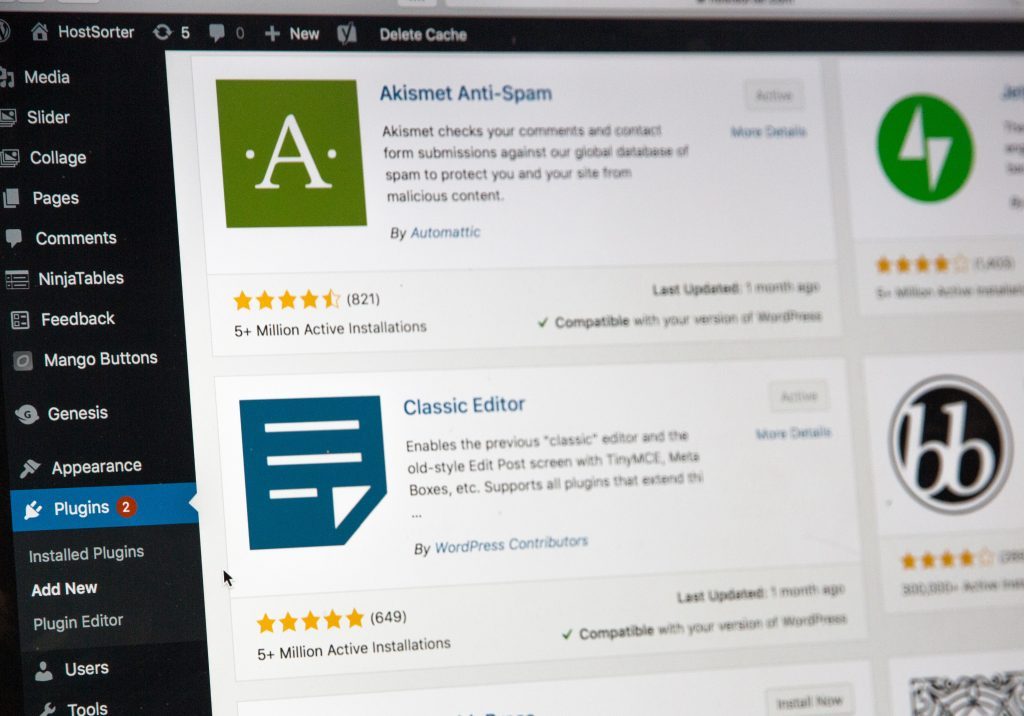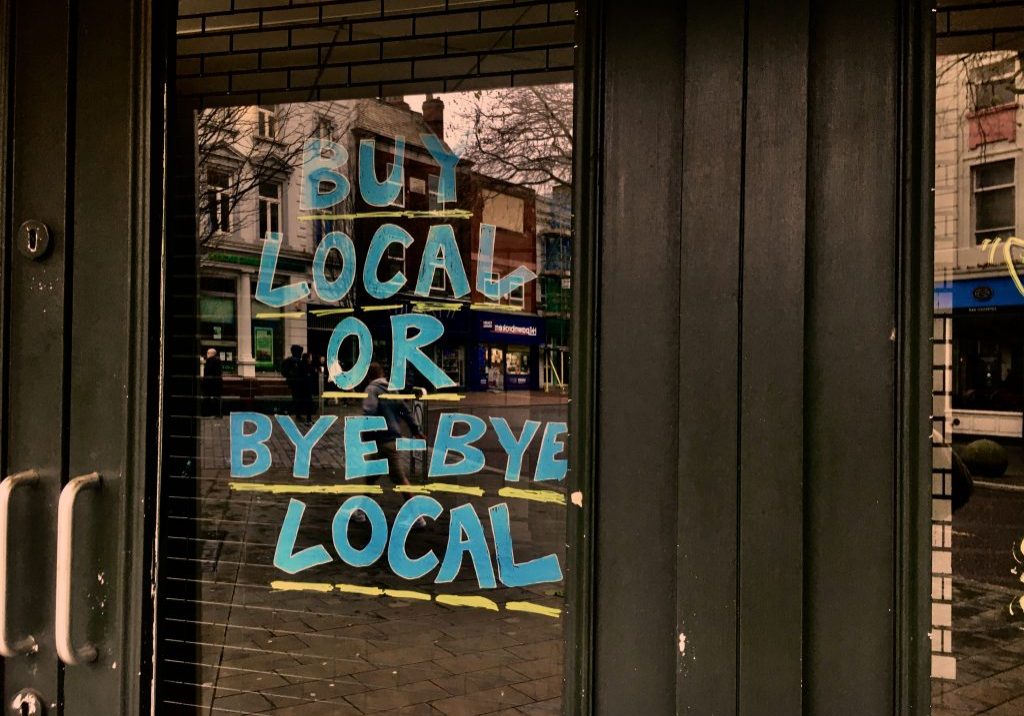Build Sales With The Measurable Marketing Methods
When it comes to marketing your eCommerce website, there are endless ways you could generate traffic and hopefully boost sales. Notice the use of the word; ‘could‘. The problem is, whilst social media, ad campaigns and the like all seem like a good idea, delivering sexy artwork and attractive product pictures, it can often be a major money pit, with little return.
In a lot of cases, it can be pretty confusing just to work out where your sales are even coming from! That’s where measurable campaigns come in.
Digital platforms really are head and shoulders above their traditional counterparts when it comes to measuring success, with most online purchases, site visits and even cart abandonment being 100% traceable, making it way easier to identify which avenues are working and which aren’t.
Take a look at our four measurable ways to boost your eCommerce traffic;
Google Advertising
The daddy of measurable traffic, Google Advertising, or ‘PPC’ (Pay Per Click) is pretty much unrivaled when it comes to delivering measurable, quantifiable eCommerce site traffic.
Their intuitive dashboard (and pretty good app too) delivers everything you could ever need to know about your campaigns, even offering insights on how you can improve things.
Impressions
Impressions are Googles way of telling you how many people have seen your ads, in most cases you want this figure to be as high as possible (unless you’re in a super niche market). We recommend taking a good look at your impression share too.
Impression share indicates what percentage of impressions your campaigns get. In short, what share of searches your ads show up in (compared to competitors). The ultimate goal is to reach 100% impression share, meaning your ad is showing to customers; all the time.
To increase your impressions and impression share, you need to take a look at improving ad copy, landing page relevance and click budget.
Clicks
Clicks are, quite obviously, the amount of clicks you have generated from users, via your Google ads. In short, your aim is to have a high click through rate (CTR), which is a good sign that your ads are hitting the mark.
An average click through rate is around 2% (Now, we’re blowing our own trumpet here, but our PPC team smash that figure on a daily basis!), so if your ads are running below that, you’ll need to fix things quickly, to maximise your return.
If your click through rate is low, take a look at your ad copy, the main culprit is usually your call to action, which isn’t persuasive enough to entice people to your site. If you’re running shopping campaigns, the hard truth is, it’s probably your pricing!
Conversions (Website Sales!)
If you’re using Google Tag Manager (GTM), you can set up event tracking to monitor conversions. Connecting your analytics account (or setting up AdWords specific goals) with your Google Ads campaigns will give you that all important information; which ads are generating sales!
Paid Social Media
If you’re running an eCommerce website which deals in low priced impulse buys you should definitely consider paid social media advertising.
Facebook and Instagram is the perfect place to run your ads, as they offer quite in depth data, which can be built upon to grow sales. We’re also a major fan of both platforms carousel ads, which service up a good selection of your products, targeted using demographics like similar interests, age and gender.
Facebook (and it’s sister company Instagram) offer ‘Pixel’ integration with your site, which acts in a similar way to Google ads, helping you to understand which campaigns are driving traffic and sales.
Affiliate Links
Affiliate links allow other sites and influencers (affiliates) to drive sales, via their websites, using measurable, custom links. How do affiliate links work? Basically, an affiliate will have a clickable link on their site, either integrated into copy, or via clickable banner ads which lead to your online shop, any sales from there can be monitored, with a percentage going to the original referrer.
There are a few ways you can add affiliate links into your ecommerce marketing plan, with countless companies out there offering to run everything for you, including finding important affiliates, as well as managing all comissions along the way. Obviously, they will charge a set up fee, with ongoing fees to, so be sure to factor that into your margin.
You can also arrange your own affiliate marketing, which gives you the choice of when and where to offer links but there’s the extra work of reaching out to new affiliates, as well as the trust involved in commission, with both sides having to agree on which sales have come through your links.
SEO
SEO has to be the ultimate goal for any eCommerce site, especially since it brings in free traffic. Long term, SEO can help bring in customers, whilst reducing cost per sale; but be warned, it takes time and effort.
Building organic traffic by improving keyword rank will ultimately increase sales, especially if you target ‘intent’ keywords such as searches that include ‘buy now’ or ‘for sale’.
How to Measure Your Organic eCommerce Traffic
We’ve touched on SEO monitoring before in a previous blog, which you can find here. With new privacy rules in place, you’re no longer able to directly attribute a sale to a specific search, but that’s not the end of the world; using a combination of Analytics and Search Console, you’re able to work out which traffic is driving your sales.
The Wrap Up
So, if you’re asking us which channel is best; guess what we’re going to say. Yeah, a mixture of all four is definitely the way to go!
You can’t really go wrong with a good balance of organic SEO and paid search traffic to drive sales, monitoring the return on investment and cost per sale of both, in time, gradually reducing Google Ads as organic sales creep up.
Paid social is a relatively new, speculative platform to drive sales, but can be tricky to master, particularly if your products aren’t bought on a whim. If you’re selling bigger ticket items, with higher margins, you’ll need to adapt a strategy for the ‘long game’, incorporating a multi-channel approach.
A word of warning, before you employ any strategy, ensure your site is well optimised; there’s no point sending people to your site if it has no chance of converting! Here’s how you can fix missed opportunities with your online shop.
As always, if you’ve enjoyed reading, don’t forget to share with your feed! Use the buttons below to add this blog to your Facebook, Twitter or LinkedIn.









